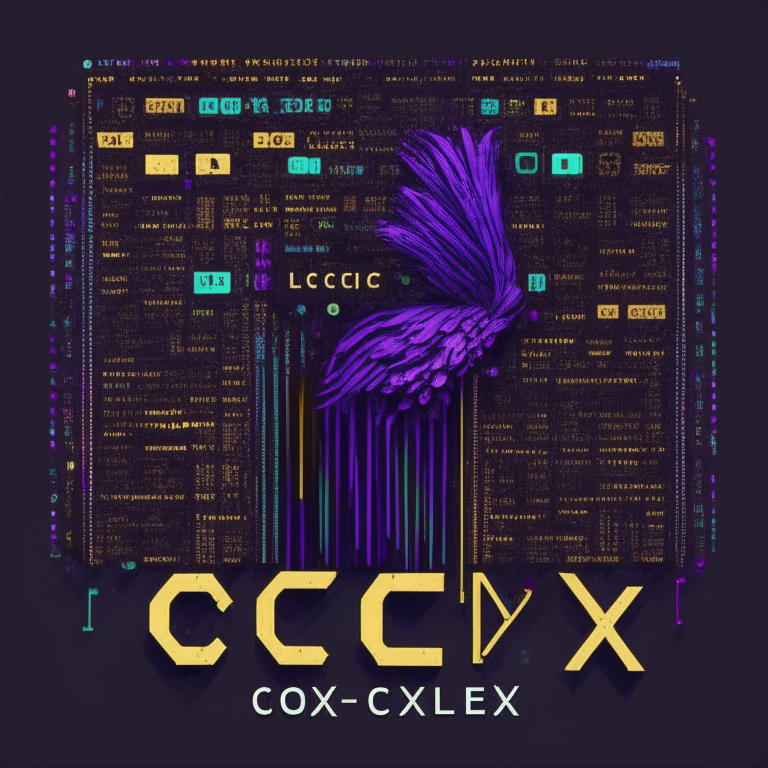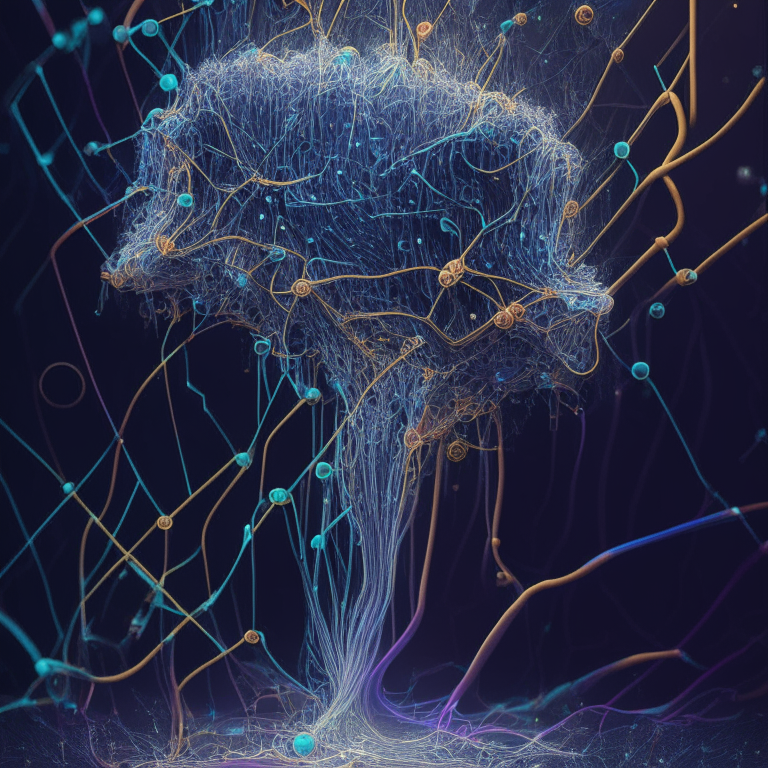Deep Learning Models, Formal Verification, and Language Processing: Top arXiv Papers and Community Discussion.
In today’s post, we dive into the latest trending research papers, exploring novel methods for converting deep neural networks to shallow, translating natural language to probabilistic world models, the Coqlex formally verified lexer generation, and unifying large language models with knowledge graphs. As we dissect these cutting-edge studies, we’ll also delve into the lively discussions taking place on Hacker News, revealing insights and reactions from the tech community. Join us as we uncover groundbreaking techniques, potential applications, and the challenges faced by researchers in these exciting domains.
Top Papers
1) Converting Deep Neural Networks to Shallow
Summary:
This study presents a method for converting deep neural networks into shallow networks by representing the partition of the input space and using linear models, providing a constructive proof and algorithm for finding weights, and improving interpretability and explainability.
- The paper presents a method for converting deep neural networks into shallow networks.
- The authors prove that all deep ReLU networks can be rewritten as a shallow network.
- The algorithm for converting deep networks to shallow networks is provided.
- The authors discuss the interpretability of shallow networks and how they can be used to compute SHAP values.
- The study establishes a connection between linear programming and ReLU activation patterns.
- The study aims to enhance the understanding and interpretability of deep neural networks by converting them into functionally identical shallow networks.
Hacker News:
The website Hacker News is experiencing delays and is unable to quickly respond to requests. View on HN
- The website Hacker News is experiencing difficulties
- Hacker News is unable to serve requests promptly

2) Translating Natural Language to Probabilistic World Models
Summary:
The document explores the integration of language and probabilistic reasoning in order to understand and reason about the world, emphasizing the challenges and potential applications of translating natural language into probabilistic world models.
- The document proposes a computational framework called rational meaning construction that integrates neural models of language with probabilistic models for flexible commonsense reasoning.
- The document discusses the challenges faced by modular and symbolic models of language and thought and emphasizes the theoretical distinction between language and thought.
- The paper highlights the power of probabilistic reasoning and the ability to reason about complex domains, including in the kinship domain and for physical scene understanding.
- The document explores the integration of language with planning, physical reasoning, and vision, as well as the translation of natural language into probabilistic world models.
- The authors suggest that building probabilistic programming frameworks that incorporate language models can lead to more sophisticated AI systems and discuss the implications of their framework for AI, emphasizing verifiability, robustness, and trustworthiness in language understanding systems.
- Future directions for research include exploring the role of probabilistic programming in language understanding and developing techniques for controlling generation in language models.
Hacker News:
The Hacker News website is facing technical issues that cause slow response times for users. View on HN
- The Hacker News website is experiencing technical difficulties
- The website is unable to quickly serve user requests

3) Coqlex Formally Verified Lexer Generation
Summary:
Coqlex is a formally verified lexer generator implemented in Coq that provides a reliable and efficient solution for generating lexers, although it may have slower execution times compared to other lexer generators.
- Coqlex is a formally verified lexer generator implemented in Coq.
- Coqlex uses different directories and files to organize its source code.
- Coqlex includes score computation functions for longest match and shortest match rules.
- Verbatim++ is another lexer generator that uses a trie-based representation of the DFA and memoization of derivative computations for efficiency.
- Coqlex performed reasonably well in a comparison with Verbatim++, OCamllex, and Flex for a JSON lexer benchmark.
- Coqlex provides a formally verified and efficient solution for lexer generation, while Verbatim++ offers additional optimizations but may have slower execution times in certain cases.

4) Converting Deep Neural Networks to Shallow
Summary:
This study presents a method for converting deep neural networks into shallow networks by representing the partition of the input space and using linear models, providing a constructive proof and algorithm for finding weights, and improving interpretability and explainability.
- The paper presents a method for converting deep neural networks into shallow networks.
- The authors prove that all deep ReLU networks can be rewritten as a shallow network.
- The algorithm for converting deep networks to shallow networks is provided.
- The authors discuss the interpretability of shallow networks and how they can be used to compute SHAP values.
- The study establishes a connection between linear programming and ReLU activation patterns.
- The study aims to enhance the understanding and interpretability of deep neural networks by converting them into functionally identical shallow networks.
Hacker News:
The Hacker News website is currently facing technical issues, causing inefficiency and advising users to refresh the page. View on HN
- The Hacker News website is experiencing difficulties
- The website is unable to handle requests efficiently
- Users are advised to reload the page and try again

5) Unifying Large Language Models and Knowledge Graphs
Summary:
The text discusses the integration of large language models (LLMs) and knowledge graphs (KGs) to enhance natural language processing and artificial intelligence, covering topics such as methods of integration, potential applications, challenges, and future research directions.
- Large language models (LLMs) and knowledge graphs (KGs) can be unified to enhance each other’s capabilities in natural language processing and artificial intelligence.
- Different types of KGs, including encyclopedic, commonsense, domain-specific, and multi-modal KGs, can be used to enhance LLMs’ performance and interpretability.
- The integration of LLMs and KGs can be categorized based on knowledge representation, reasoning, and application.
- The integration of KGs and LLMs aims to improve inference, interpretability, and access to factual knowledge.
- The integration of LLMs with KGs can be applied to tasks such as named entity recognition, KG completion, KG-to-text generation systems, relation extraction, coreference resolution, entity linking, and entity typing.
- Challenges in unifying LLMs and KGs include trophic forgetting, incorrect knowledge editing, hallucination in LLMs, and the difficulty of injecting knowledge into black-box LLMs.
